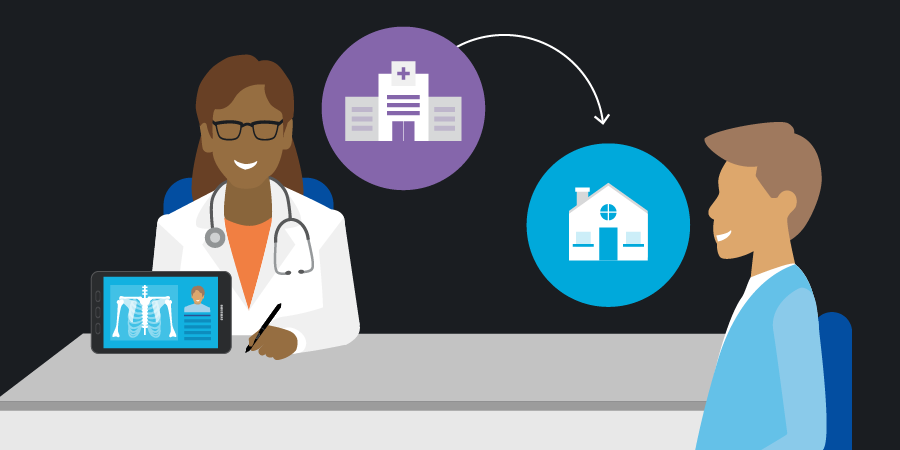Why should patient experience matter to a medical practice? “When you give patients a positive experience, you earn their respect and trust, making them more likely to come back,” says Mike Wartman, head of business development for IntakeQ, which provides secure patient intake forms for healthcare professionals.
Learn Lessons From Other Sectors
Though the connection is not as transactional as that between a retail chain and a shopper, the relationship between patients and clinicians is still a delivery of service that ideally leads to trust and retention. Patient satisfaction contributes to the overall long-term success of a medical practice, so it can’t be ignored.
A practice can give its patients much better experiences by learning lessons from other sectors, such as retail. Such strategies include being proactive with alerts and information, respecting the patient’s time by streamlining necessary interactions, giving patients information when they need it, and having that information accessible on the mobile devices that patients carry with them.
Set the Tone From the Start
A patient’s initial experience often lays the groundwork for the rest of the patient-practice relationship. “The intake form is typically the first contact a patient has with a healthcare provider. Why not make it as easy as possible for a patient to complete it and eliminate the archaic processes that slow down onboarding?” asks Wartman. Digital intake forms accessible to patients before their appointments allow them to take the time to fill them out completely, rather than rush through a stack of papers in the office waiting room.
How Mobile Solutions Improve Patient Experience
Get your free guide to enhancing the patient experience with mobile technology. Download Now
When creating digital onboarding forms, it’s important to ensure that they work on any mobile device type so that the process is seamless. Says Wartman, “When we created IntakeQ, we made it mobile responsive so it would work on tablets, smartphones — all device types. That’s important because patients and providers both get frustrated when the experience isn’t fluid and smooth.”
Build on Each Improvement
Using digital onboarding forms or in-office tablets to gather information makes the paperwork process easier for patients, but many operational improvements spring from taking that one step. By reducing paperwork, front office staff won’t have to scan in or manually enter information from the forms. That not only lessens the workload, it also reduces the need for file storage and the chance for errors in the electronic health record (EHR).
When patients enter their information in advance, nurses and physicians can be better prepared at exam time. The health team can focus on the patient, rather than on skimming through their documentation — another way to make patients feel heard and cared for.
Secure Health Records
Consumers rapidly lose trust when businesses they patronize experience security breaches. Having demographic information and your credit card details fall into the wrong hands is bad enough. Imagine the reputational hit to any medical practice that loses protected health information (PHI).
When integrating mobile technology into your medical practice or allowing staff to use their own devices to perform work functions, you need to be assured information stays secure. Look for devices with built-in security protection. For example, Samsung Knox provides defense-grade mobile security built into Samsung devices. The platform is HIPAA-ready and integrates easily into existing IT infrastructure.
What could a medical practice lose by not making patient experience a priority? The short answer: patients. “Today’s patients demand modernization, efficiency and the embrace of technology,” says Wartman. “When you don’t take patient experience seriously, you risk alienating the millennial generation and all the generations after.”
Discover what other paperless workflow solutions can generate positive patient experiences in the healthcare setting. Ready to modernize your hospital? Find out how mobility can get you there in this free webinar.










